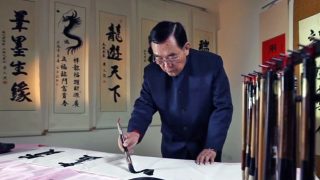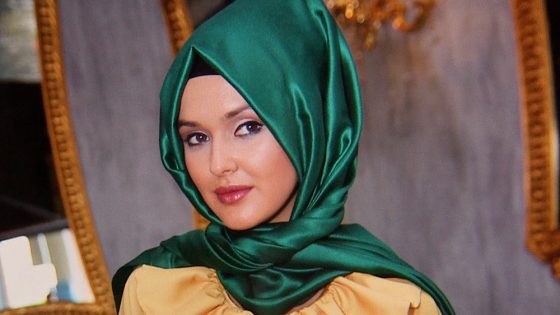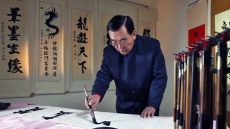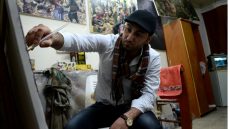“In the 90’s, covering meant pardessus and a black burqa. Those pardessus were very ugly. They were seen as similar to wearing a black burqa. Most women didn’t want to cover because they wanted to be fashionable,” says Taha Yasin Toraman, the co-founder of online hijabi fashion outlet E-Tesettur.
But not all agree with the new, arguably commercial look. Busra Bulut, a student and journalist who writes for the conservative Turkish news magazine Haksoz strongly opposes it. She feels there is a tension between her faith and the consumerism represented by Ala and the fashion industry.
“They claim to create alternatives for covered women, whether it’s a magazine or other platforms. But the fact that there are hundreds of brands doesn’t mean I can wear them or that they’re Islamic…. Why should a woman need to use dress to show herself off? Or to exist? It’s a key question. Why does she need to create her identity through dressing up? Why is this a priority?” says Bulut.
This film follows Hulya Aslan at Ala and looks at hijabi fashion, social change in Turkey and the ongoing debate about a Muslim woman’s right to choose how she dresses.










































